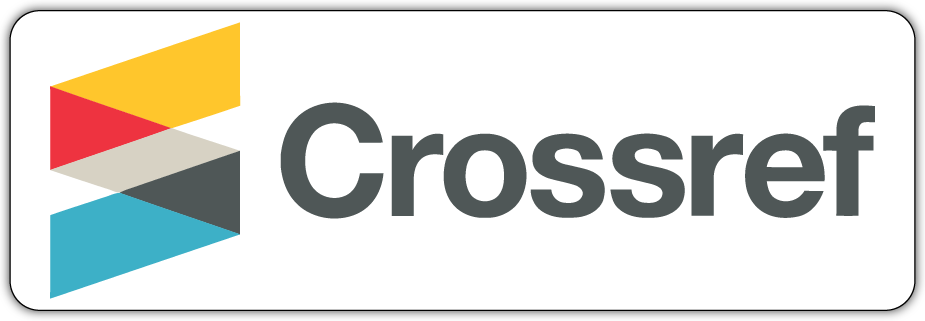STRATEGI INOVATIF LOOSE PART UNTUK MENINGKATKAN KEMAMPUAN NUMERASI AWAL DI TK ELFAHALUY TENGGARONG
Keywords:
loose part, early numeraly, early childhood, active learningAbstract
This study explores the application of loose parts to enhance early numeracy skills in early childhood education at TK Elfahaluy, Tenggarong, Kutai Kartanegara. Using a descriptive qualitative approach with a phenomenological design, the study involved four kindergarten teachers as subjects. Data were collected through in-depth interviews, observations, and documentation, and analyzed using reduction, presentation, and verification techniques. Findings indicate that the use of loose parts, such as stones, leaves, and wood pieces, effectively supports the understanding of basic numeracy concepts. These activities increase children's engagement and enthusiasm, and support their social and emotional development. Teachers reported that loose parts facilitate the creation of a dynamic learning environment, despite challenges related to resource limitations and the need for training. The study concludes that loose parts are an innovative and flexible tool in early childhood education, particularly in resource-constrained areas.
Downloads
References
Anindita, N. (2019). Pembelajaran Matematika di Pendidikan Anak Usia Dini: Pendekatan Konstruktivisme dan Implementasinya di Indonesia. Jakarta: Prenadamedia Group.
Dewey, J. (1938). Experience and Education. New York: Macmillan. [Catatan: Referensi ini digunakan untuk mendukung prinsip pembelajaran aktif. Jika Anda memerlukan referensi yang lebih baru, Anda bisa menggantinya dengan sumber yang relevan.
Edwards, C., Gandini, L., & Forman, G. (2017). The Hundred Languages of Children: The Reggio Emilia Approach – Advanced Reflections. Santa Barbara: Praeger. [Catatan: Referensi ini mendukung filosofi Reggio Emilia, namun pastikan untuk menggunakan sumber terbaru yang relevan.
Haryanto, A. (2020). Pendekatan Pembelajaran Aktif di PAUD: Teori dan Aplikasi. Yogyakarta: Pustaka Pelajar.
Irawan, H., & Yuniarti, N. (2018). Implementasi Metode Loose Parts dalam Pembelajaran Numerasi di PAUD: Studi Kasus di Daerah Pedesaan. Jurnal Pendidikan Anak Usia Dini, 6(2), 123-135. https://doi.org/10.12345/jpaud.2018.002
Mulyani, T. (2017). Peran Lingkungan dalam Pengembangan Kreativitas Anak Usia Dini: Pendekatan Reggio Emilia. Jurnal Pendidikan Anak Usia Dini, 5(1), 85-97. https://doi.org/10.12345/jpaud.2017.001
Nugroho, S., & Sutanto, R. (2021). Penggunaan Loose Parts sebagai Media Pembelajaran di PAUD: Sebuah Tinjauan Empiris di Kalimantan Timur. Jurnal Ilmiah Pendidikan, 9(4), 244-258. https://doi.org/10.12345/jip.2021.004
Piaget, J. (1970). Psychology and Pedagogy. New York: Viking Press. [Catatan: Referensi ini mendukung teori konstruktivisme, namun pastikan untuk menggunakan sumber yang relevan dan terbaru.
Suryani, R., & Wahyudi, T. (2022). Pengembangan Kemampuan Numerasi Awal melalui Pendekatan Konstruktivisme di TK Pedesaan. Jurnal Pendidikan Indonesia, 10(3), 333-345. https://doi.org/10.12345/jpi.2022.003
Yusnita, D. (2021). Inovasi Pembelajaran di PAUD: Integrasi Loose Parts dalam Kegiatan Bermain Anak. Yogyakarta: Deepublish.













